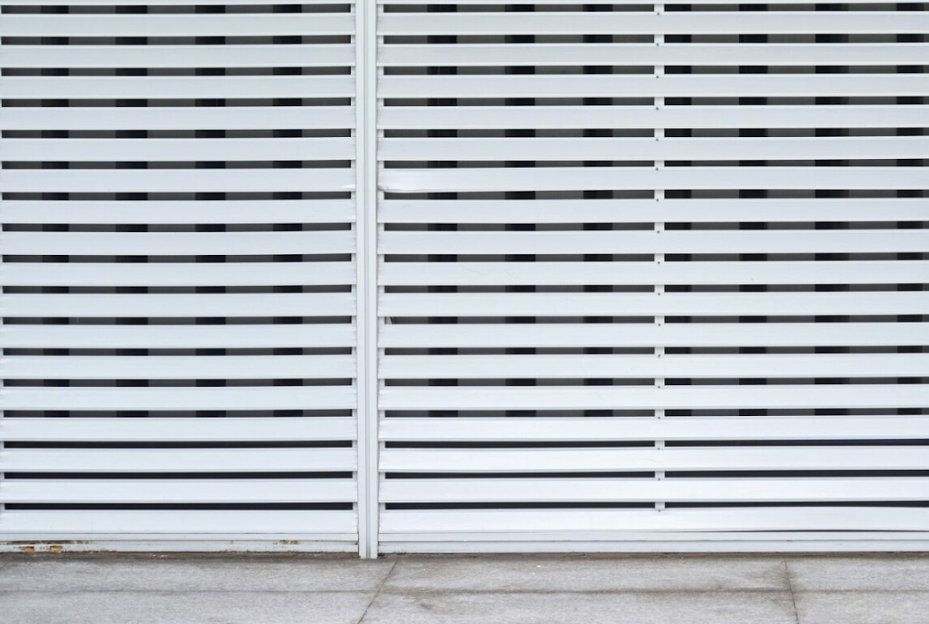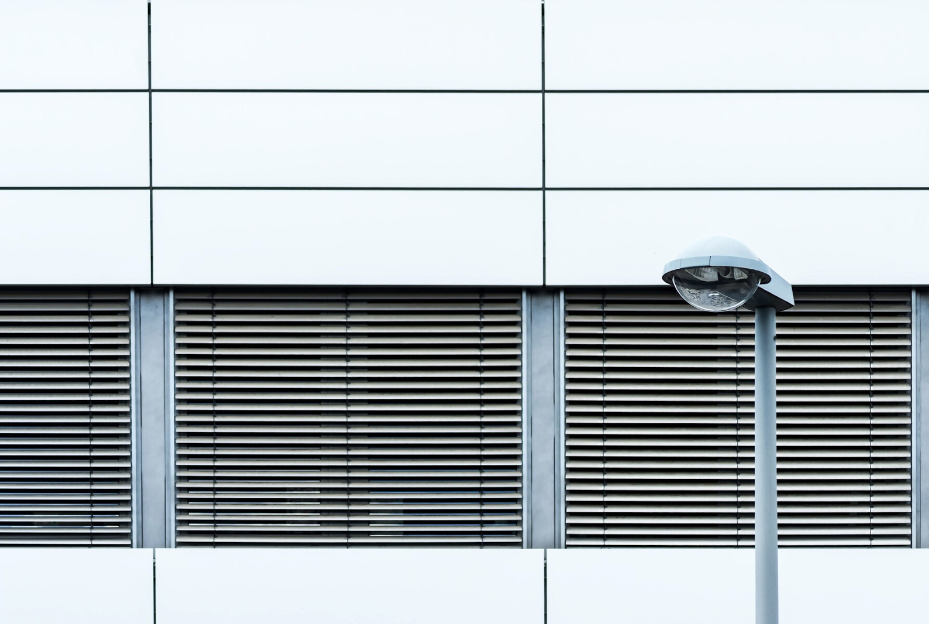
Weather Protection: Rain Louvers, Storm Louver & Hurricane Louvers
Rain louvers, storm louvers, and hurricane louvers are pivotal parts of architectural design that help safeguard the structures against adverse weather conditions.
Let’s take a deeper look at how louvers are helping design resilient structures against weather.
What are Louvers?
Louvers are architectural elements designed to facilitate air movement while offering protection against natural elements, such as rains, storms, and hurricanes.
Not only do they enhance ventilation, but they also act as a first line of defense against weather-related damage. Depending on the where they are used, different types of louvers can be applied to perform slightly different functions.
Types and Functions Louvers
Because buildings are constructed in several different areas and designed for different purposes—that is, commercial business, parking, food distribution, etc.—louvers have to be adaptable to better suit these various needs. For example:
Drainable Louvers
Drainable louvers are a type of louver that are engineered to expel water from louver blade away from buildings, which ultimately safeguard the building against moisture-related damage.
Commonly crafted from aluminum or steel, rain louvers are strategically installed in areas prone to rainfall so that the louvers can divert the water away from the building’s structure.
As a result, the rain louvers can significantly reduce the risk of mold and mildew in humid climates, thus preserving the structural integrity and indoor air quality of buildings.
Wind-Driven Rain Louvers
Storm louvers are reinforced louvers designed to withstand strong winds and debris impact–those that are commonplace with strong thunder, lightning, or wind storms.
Typically composed of high-strength materials, such as steel or aluminum, storm louvers are designed to protect buildings from external wind driven rain infiltration. This is also why wind driven rain louvers are predominantly used in coastal regions where high winds and storm showers are prevalent.
Hurricane Impact Louvers
Unlike the other two types of louvers, hurricane louvers are designed and engineered to provide protection against hurricanes and endure projectile infiltration with high winds.. Although constructed out of the same materials as storm louvers (aluminum and steel) these louvers are critical in regions frequently affected by tropical storms and hurricanes.
They are designed to meet stringent standards such as those set by the AMCA and the Miami-Dade County Building Code, which ensures that they can withstand the high-pressure differential and wind speeds associated with hurricanes.
Why Louvers are Essential During Storms

Louvers play a pivotal role in shielding buildings from the elements by acting as barriers against rain, wind-driven debris, and excessive water infiltration.
In addition, they help contribute to a building’s efficiency by regulating airflow and ventilation, which enhances the overall sustainability of structures.
Additionally, the robust construction of louvers ensures enhanced safety and structural integrity during turbulent weather conditions.
Technical Specifications and Standards
When selecting louvers, it is crucial to consider the technical specifications and standards that ensure their performance and durability.
For instance, hurricane louvers should comply with Miami-Dade County requirements for impact resistance, while storm louvers might need to meet AMCA 500-L, AMCA 550 or AMCA 540 standards for water penetration, impact resistance and air performance.
Installation Considerations
Proper installation is also key to maximizing the efficiency and effectiveness of louvers. Best practices include ensuring that the louvers are securely fastened to the building structure, correctly angled to optimize airflow and water drainage, and adequately sealed to prevent leaks.
Drainable louvers typically rely on gravity to drain properly, requiring careful installation for the louver to perform as designed. Professional installation can help avoid common issues such as misalignment or improper sealing, which can compromise the louver's performance.

Air Performance Products: Designed for Performance
Air Performance stands as a reputable provider of architectural solutions, offering a diverse range of high-quality louvers and related products to meet varying industry needs. Some of their top products include:
Architectural Louvers
Air Performance’s architectural louvers marry functionality with aesthetic appeal, providing optimal weather protection without compromising on design finesse. These louvers complement any modern design.
Brake Metal
Their brake metal products find widespread applications in architectural projects, offering versatility and durability. With two in-house press brakes and a CNC laser, Air Performance can produce a variety of different Brake Metal products.
PTAC & VTAC Louvers
Air Performance’s PTAC louvers are engineered with unique features to enhance the performance and aesthetics of specific HVAC units. Designed to work with any brand of packaged terminal air conditioner, these louvers are as aesthetically pleasing as they are functional.
Choose Air Performance to Help You Weather the Storm
The deployment of appropriate louvers is crucial for safeguarding buildings against rain, storms, and hurricanes.
When selecting louvers for weather protection, it is essential to consider factors such as prevailing weather conditions, building type, material durability, and architectural preferences.
It’s also imperative to choose louvers that not only provide exceptional weather protection but also enhance the overall functionality and aesthetics of architectural designs.
Air Performance offers an extensive range of weather protection solutions, including expert advice, to help in your decision.
Contact us today to learn more about our products and how we can help you with all your louver needs.